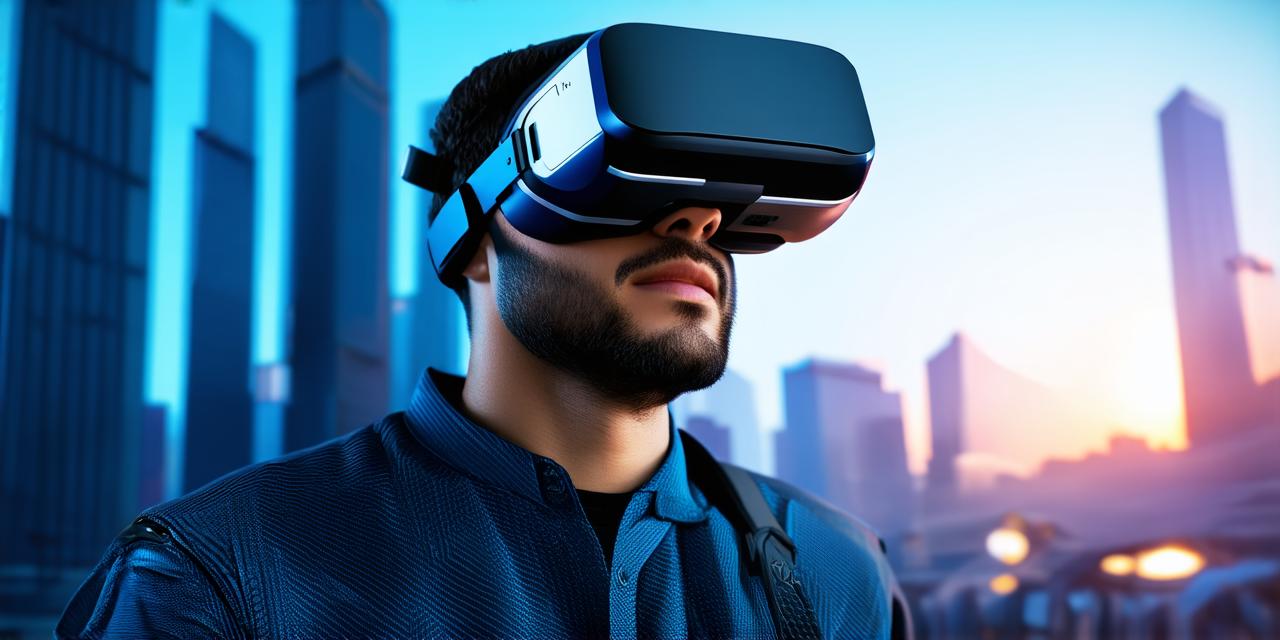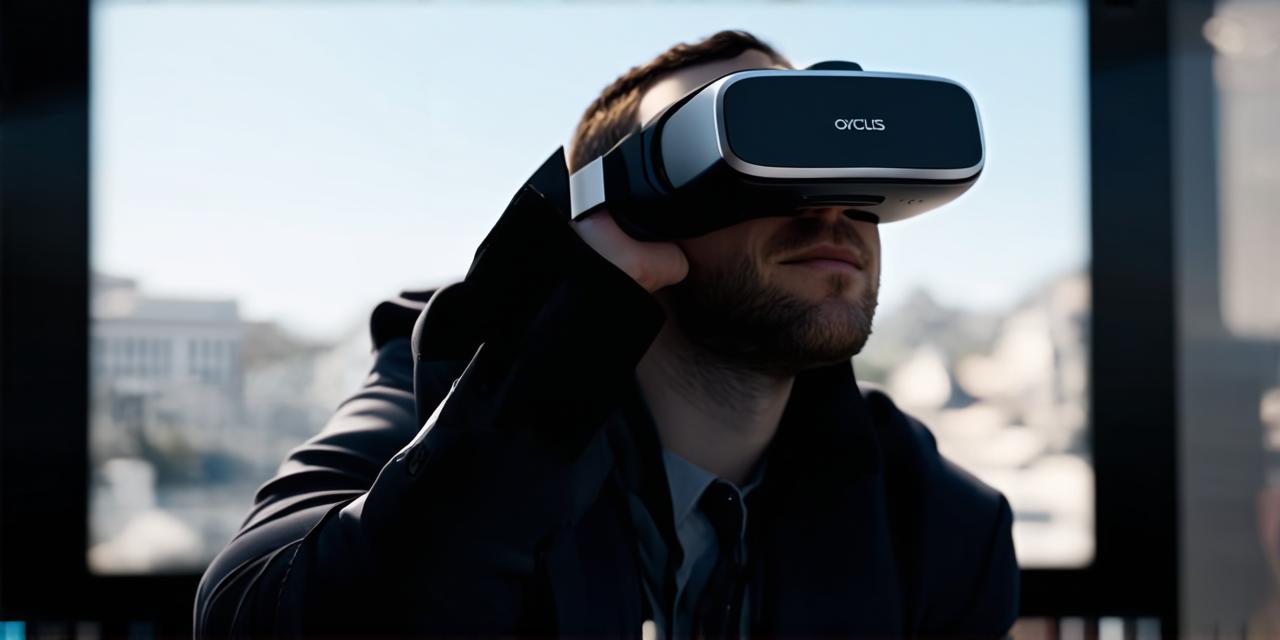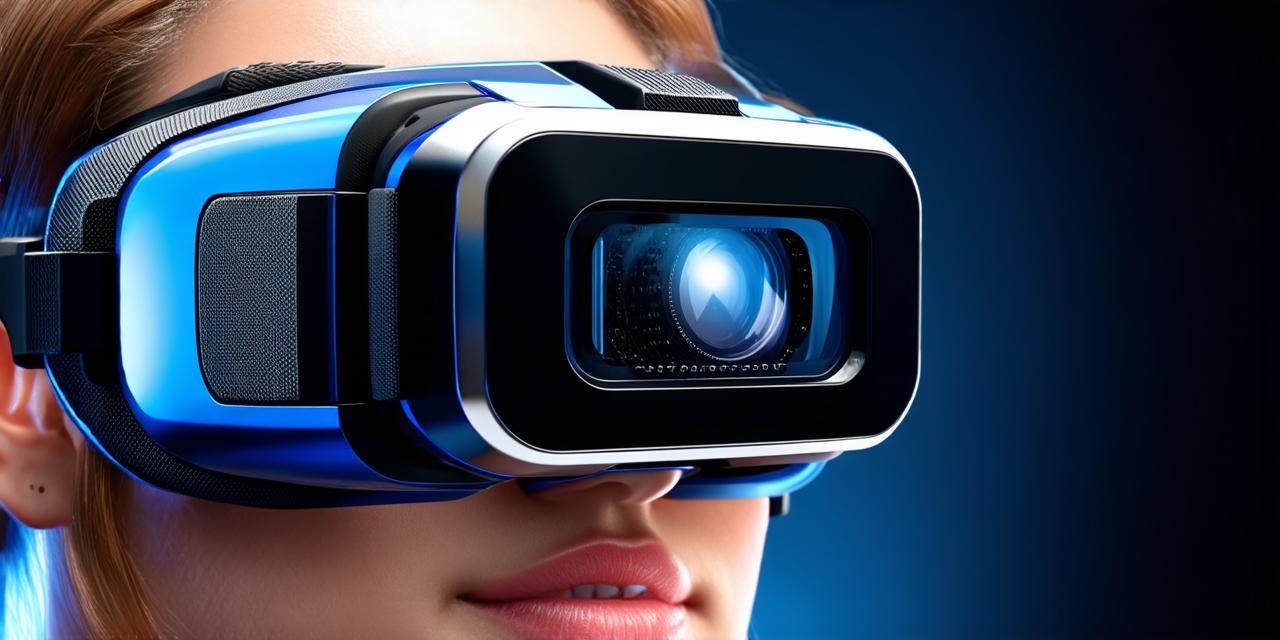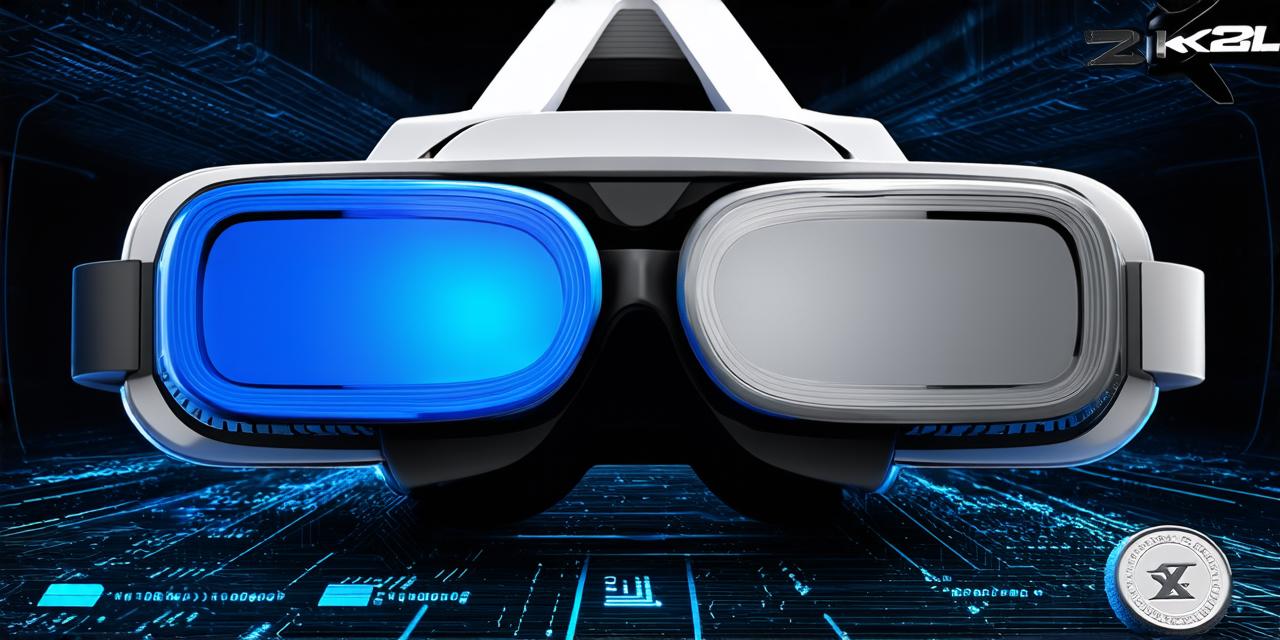What is a Virtual Reality Headset?
A virtual reality headset is a device that allows users to enter an immersive digital environment. The headset consists of a pair of screens, one for each eye, which track the user’s movements and provide a 360-degree view of the virtual world. By wearing the headset, users can experience a sense of presence in the virtual environment, making it feel as though they are actually there.
How does a VR Headset Work?
The key to the success of a VR headset is its ability to track and respond to the user’s movements in real-time. This is achieved through a combination of sensors and algorithms that work together to create an accurate representation of the user’s position and orientation.
One of the most common ways to track movement in VR is through positional tracking, which uses sensors on the headset or other devices (such as hand controllers) to determine the user’s position in space. This information is then used to adjust the image displayed in the headset, creating a seamless and immersive experience.
Another important aspect of VR is its ability to render high-quality images and video. This requires a powerful computer or gaming console that can generate and display graphics in real-time, as well as high-speed displays that can refresh at a rate of 90 frames per second or higher.
Real-Life Applications of VR Headsets
Virtual reality has already found numerous applications across a variety of industries, from entertainment to education and training. Here are just a few examples:
- Gaming: Virtual reality has revolutionized the way we play games, offering players an unprecedented level of immersion and interaction with their environment. From first-person shooters to puzzle games and simulations, VR headsets have opened up new possibilities for gaming that were previously impossible.
- Training and simulation: VR is increasingly being used for training and simulation in a variety of fields, including medicine, aviation, and military. By providing a realistic and immersive environment, VR can help trainees develop skills and gain experience in a safe and controlled setting.
- Education: Virtual reality has the potential to transform the way we learn, offering students an engaging and interactive way to explore complex subjects. From history and science to language learning and art education, VR headsets have already been used in a variety of classroom settings to enhance student engagement and understanding.
- Design and architecture: Virtual reality is also being used by architects and designers to create realistic 3D models of buildings and structures. By allowing clients to experience the design in a virtual environment, VR can help reduce costs and improve communication between stakeholders.
Case Studies and Personal Experiences
One of the best ways to understand the function of a VR headset is to hear from those who have already used them. Here are a few examples:
“I recently tried out a VR headset for the first time, and I was blown away by how immersive it was. It felt as though I was actually there, exploring a virtual world that was more beautiful and detailed than anything I could have imagined.” – John, gamer
“As an architect, I’ve been able to use VR to create realistic 3D models of buildings and structures for clients. This has helped reduce costs and improve communication between stakeholders, as clients are able to see and experience the design in a more engaging way.” – Sarah, architect
“I used VR headsets in my language learning class, and it was amazing how engaged my students were. They were able to practice their conversational skills in a virtual environment that simulated real-life scenarios, which helped them feel more comfortable speaking in front of others.” – Mark, teacher
FAQs
Q: What is the difference between positional and rotational tracking?
Positional tracking determines the user’s position in space, while rotational tracking determines their orientation. Both are important for creating an immersive experience in VR.
Q: How do VR headsets track movement?
VR headsets typically use sensors and algorithms to determine the user’s position and orientation based on their movements. This information is then used to adjust the image displayed in the headset.
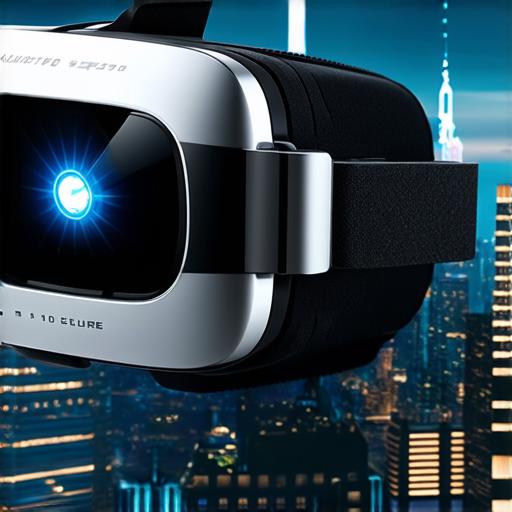
Q: What kind of computer or gaming console do I need for VR?
The requirements vary depending on the specific VR headset you have, but generally speaking, you will need a powerful computer or gaming console with high-speed displays and a fast processor.
Q: Are VR headsets safe to use?
Yes, VR headsets are generally safe to use, but as with any technology, there is always some risk involved. It’s important to follow safety guidelines and be aware of your surroundings when using VR headsets.
Summary
Virtual reality headsets offer a unique and engaging way for users to explore virtual worlds and gain new experiences. By understanding the key features and functions of VR headsets, you can better appreciate how they are being used in a variety of industries, from gaming to education and training. Whether you’re a developer or simply curious about VR technology, there’s no doubt that it has the potential to transform the way we interact with the world around us.
